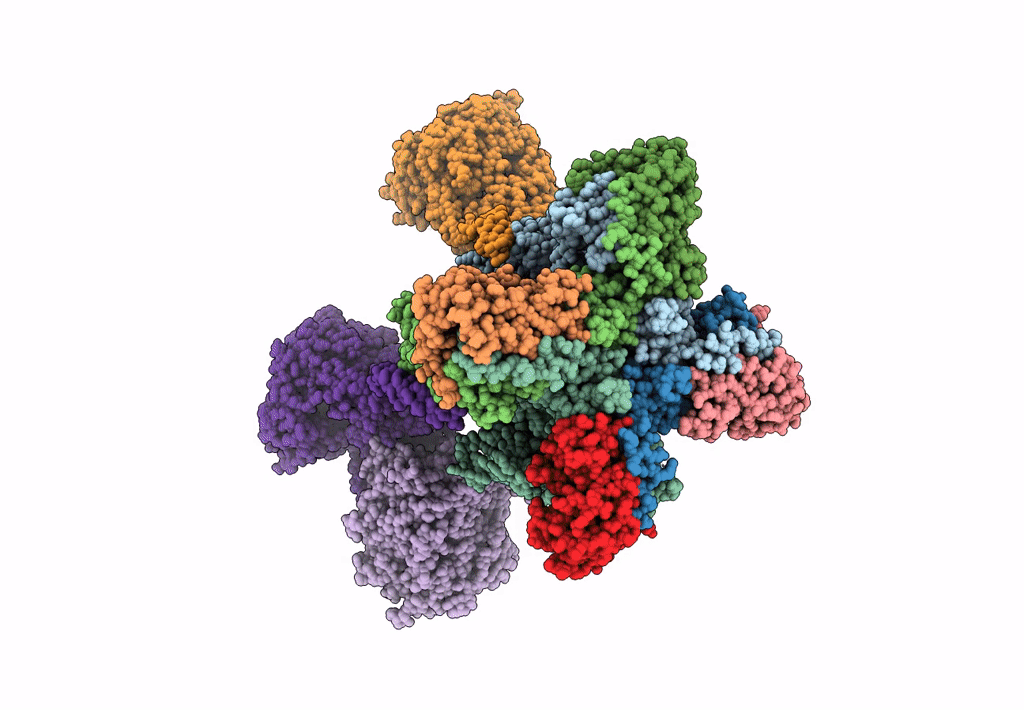
Deposition Date
2021-03-01
Release Date
2021-10-13
Last Version Date
2025-07-02
Method Details:
Experimental Method:
Resolution:
4.50 Å
Aggregation State:
PARTICLE
Reconstruction Method:
SINGLE PARTICLE


